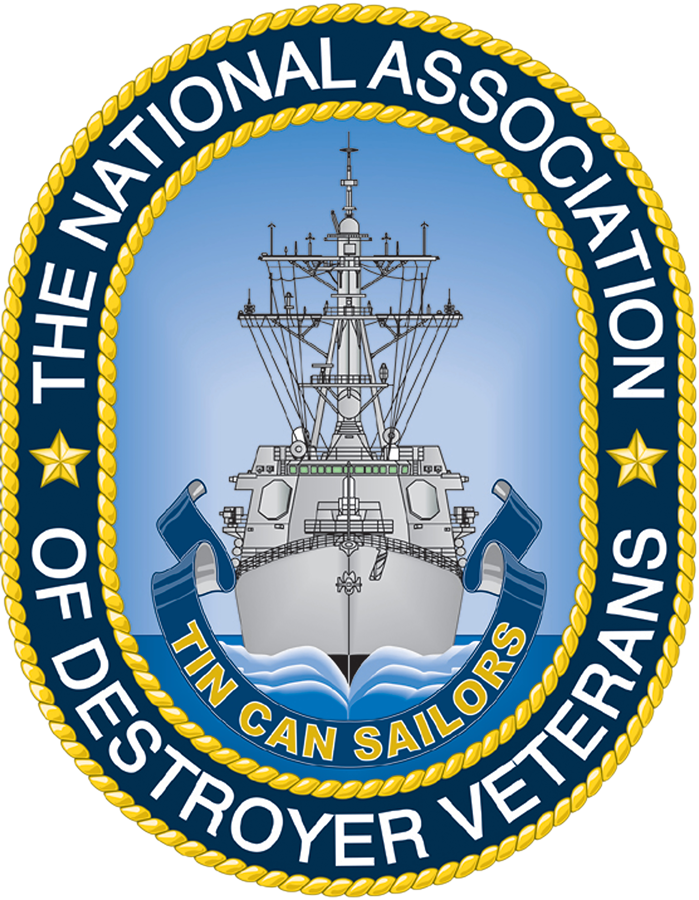Membership
Your membership to Tin Can Sailors is an all-access pass to the unique life of a destroyer veteran both past and present.
Your membership also helps subsidize the cost of sending our magazine without charge to the destroyers, and LCSs of the Active Fleet. We are also annual contributors to the Navy and Marine Corps Relief Society.
DONATE
Tin Can Sailors is a non-profit that relies on the generosity of people like you to provide support. Our paid membership allows us to produce our magazine and maintain our website. However, it’s the continued contributions from the community that allows us to continue to make an impact on the preservation of the US Destroyer legacy.
